The TVR Vixen Series 2 and 3 Sports Car

TVR Vixen Series 3
from Classic to Modern
The TVR Vixen Series 2
In October 1968, the TVR Vixen Series 2 sports car was introduced.
Although, mechanically, very similar to that of the Series 1, the most important feature related to the chassis, due to the fact that the longer 90 inch wheelbase was increased from 7 foot 1.5 inches in the Series 1 to 7 foot 6 inches.
This new stretched chassis was originally developed for the wide bodied Tuscan V8 SE variant.
However, the benefit of this, in terms of the Vixen, was that it provided greater comfort in the cockpit area.
This resulted from the fact that the doors were now larger, and provided greater access for entering and leaving the car, which was a serious negative factor in previous TVR models.
The Series 2 was the first TVR model in which the fibreglass body was bolted to the chassis, unlike previous variants in which the two were bonded by means of strips of glassfibre.
The benefit of this form of construction was that it made repairs, in the event of accident or damage to the body, so much easier, which is reflected in the fact that pre 1968 TVR's tended to be somewhat of a rarity.
IN 1969, additional changes that occurred included:
- There was restyling of the bonnet, which now displayed a prominent central bulge in early production models, whilst later cars received two air intake ducts positioned at the front corners
- The rear lights were updated from the previous circular style, as used in the Ford Cortina Mark 1, to the newer wraparound style, from the Cortina Mark 2 saloon
- It was fitted with disc brakes at the front and drums at the rear, and the brakes were now power assisted
The Series 2 was powered by the same engine as used in the Series 1 and, with a compression ratio of 9.0:1, it developed 88 bhp at 5400 rpm, and 96 ft/lbs of torque at 3600 rpm.
By the end of 1970, when production ended, sales of the Vixen Series 2 had reached 438 units.
Technical Data Vixen Series 2 Vixen Series 3
Production 1968-1970 1970-1972
Engine, cc 1599 1599
Cylinders,
bhp 4, 88 4, 86
Top Speed mph 109 109
0-60 mph, secs 10.5 10.4
Standing
1/4 Mile 17.2 17.0
Torque ft/lbs 96 96
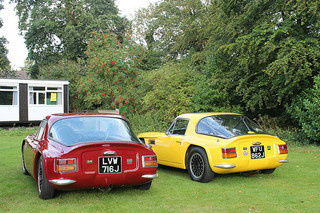
TVR Vixen S3 & S2

Vixen S2 and S3
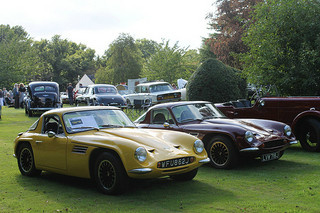
TVR Vixen S2 & S3
Full Screen Full Screen
The TVR Vixen Series 3
In 1970, the Vixen Series 3 sports car was introduced, and was powered by the same Ford 1.6 litre, 4-cylinder engine as used in the Ford Capri 1600 GT saloon, which developed 86 bhp, compared with 88 bhp produced with the Ford unit in the Series 1 and 2.
Furthermore, this would be the last model to incorporate the Thurner designed chassis, which was replaced by a redesigned chassis that was to be used in the forthcoming M-Series of cars.
This new chassis featured the use of a slightly thicker gauge of steel tubing than that used previously, as well as the use of square tubing for the first time on a TVR frame.
This chassis was similar to the Thurner version, except that the components used were mostly sourced from Triumph.
With the Series 3, the heat extraction vents on the bonnet received aeroflow grilles, as used on the Ford Zodiac Mark 4 saloon.
The wire wheels were replaced by cast alloy versions, which were now standard equipment.
By April 1972, when production ended, a total of 168 units of the Series 3 had been built.

1970 TVR Vixen This very smart Series 3 model used a 92 bhp, 1.6 litre Ford Kent engine with a top of 109 mph
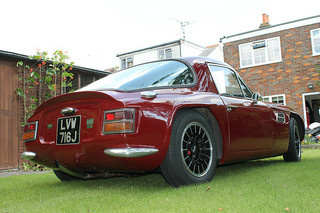
TVR Vixen S3

TVR Vixen Series 3

TVR Vixen S3
Full Screen
.
.
see All My Reviews
Got an interesting Sports Car story to tell?
TVR Links




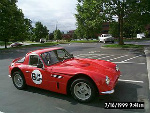











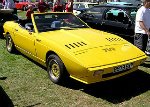









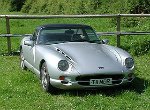

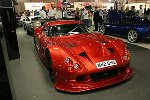


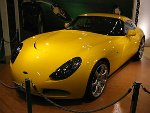

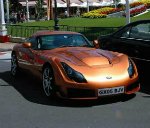
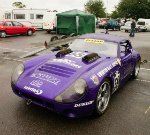
TVR Links End





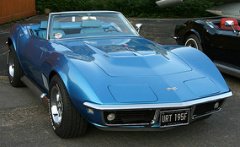


New! Comments
Have your say about what you just read! Leave me a comment in the box below.